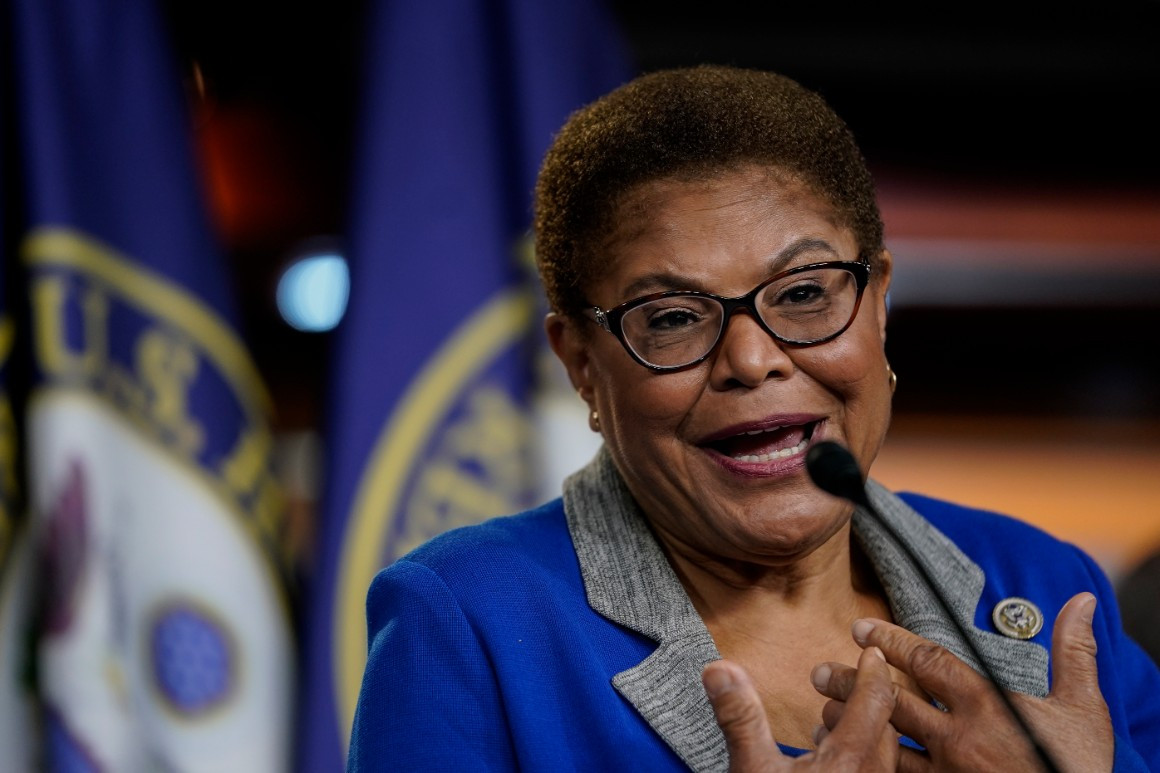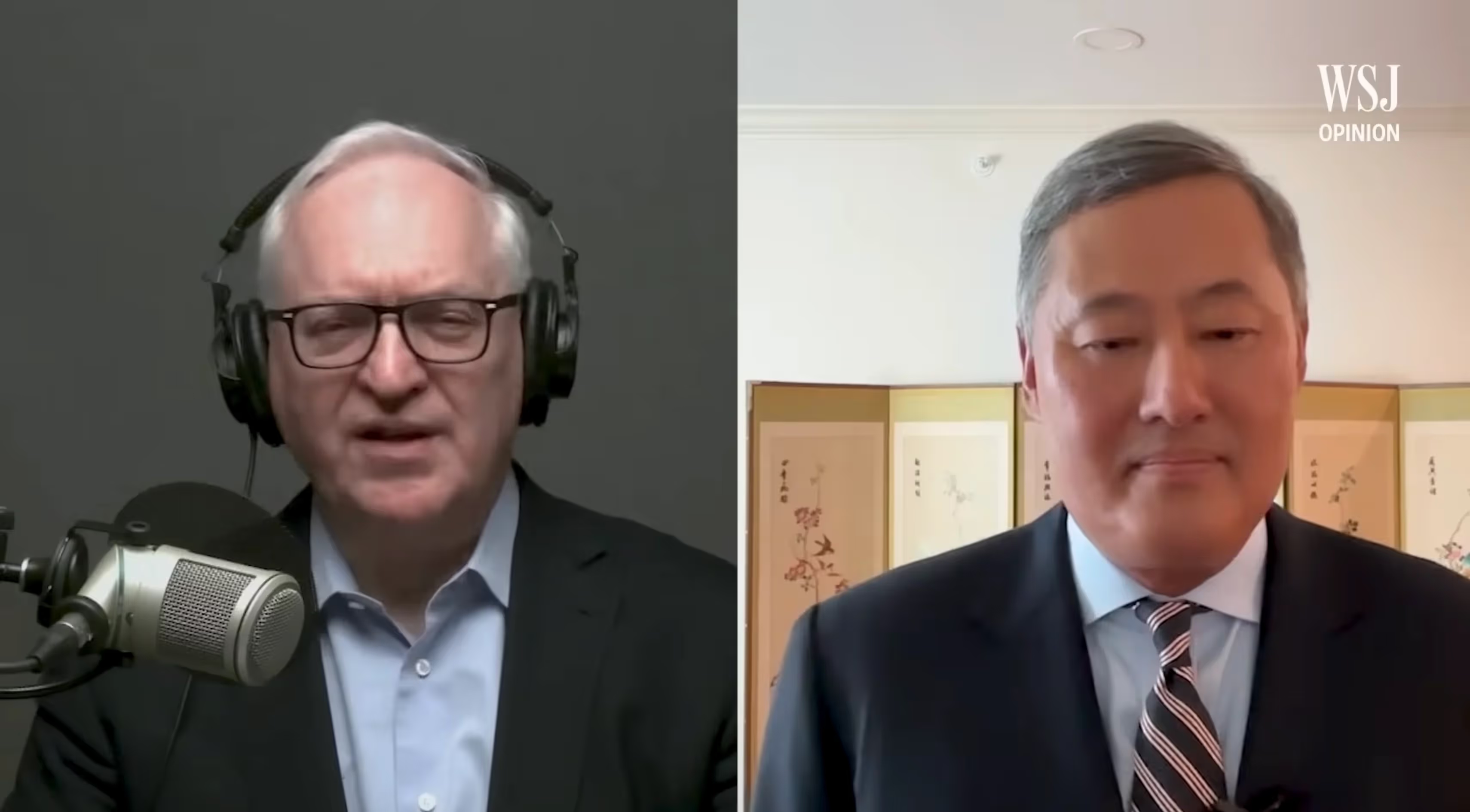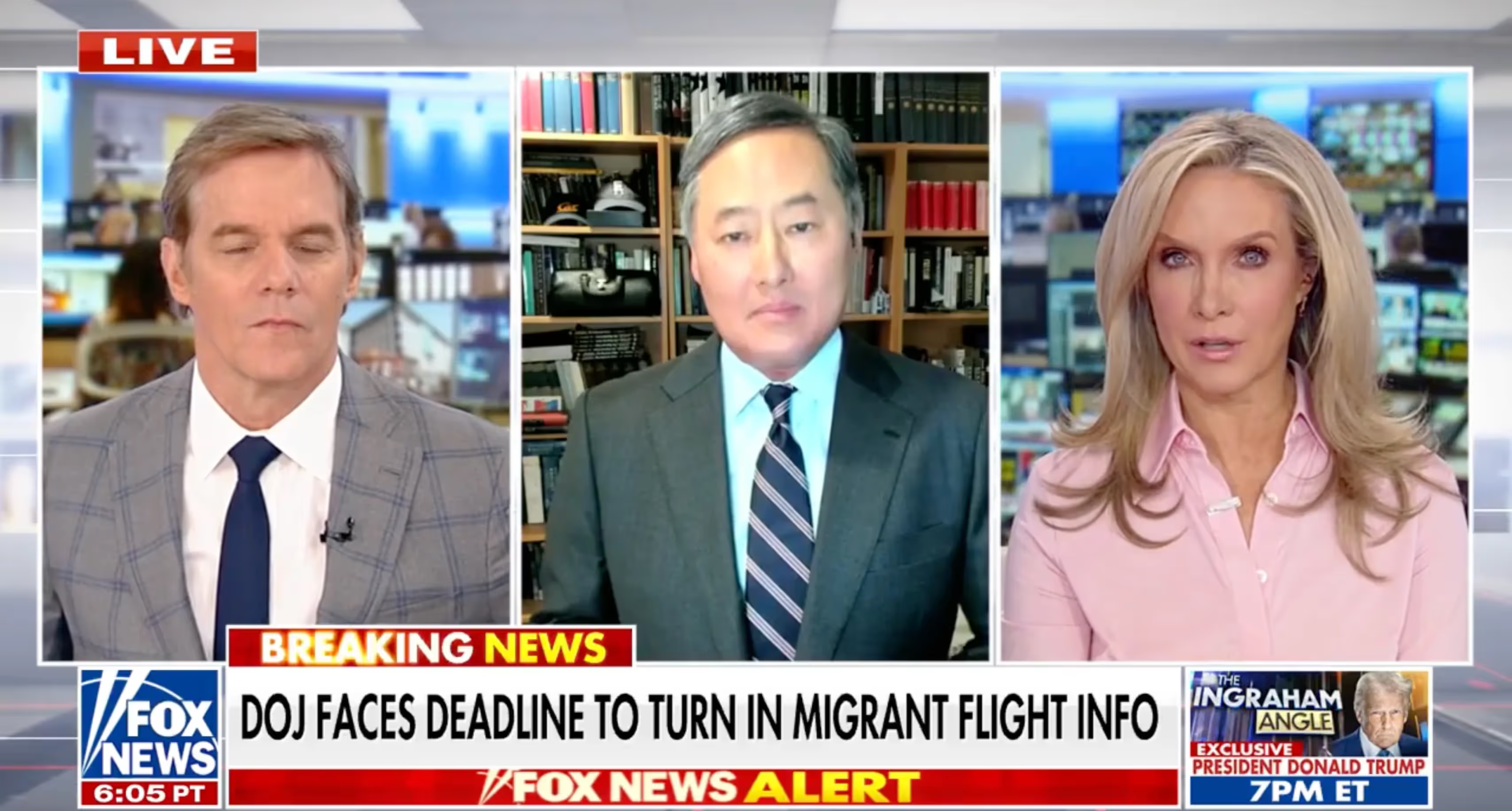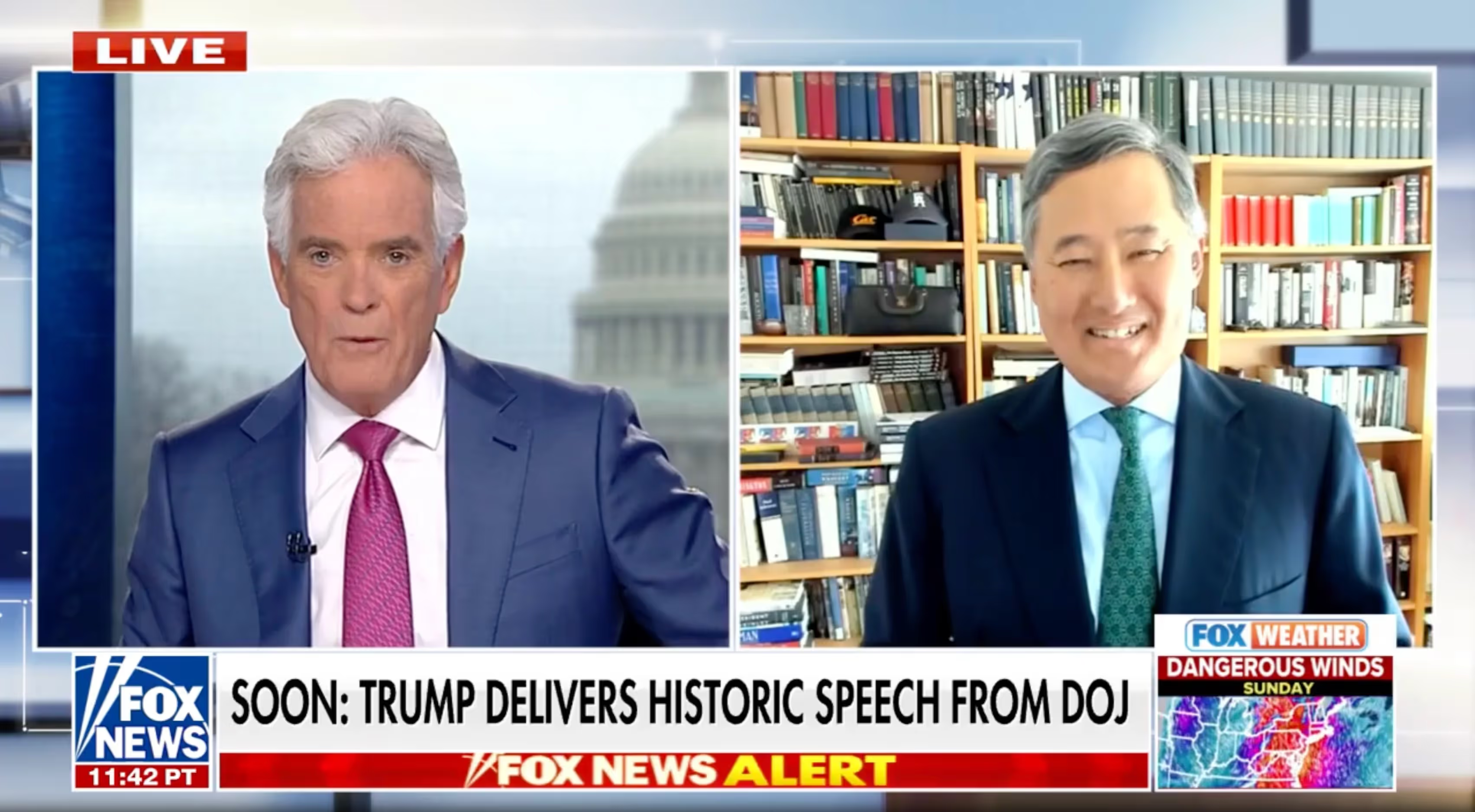.avif)
Is Trump Completing Nixon's Aborted Second Term?
Trump's methods and conduct are often crude and, at times, counter-productive. Still, he looks poised to succeed where Nixon and Reagan fell short.
In April, President Donald Trump sat for a lengthy interview with the Spectator World magazine, and the conversation turned to an intriguing parallel: Richard Nixon. “People don’t realize how smart he was, but he made one bad decision. He didn’t fight," President Trump said, "I spoke to his family. They say he regretted that until the day he died. He didn’t fight.”
One thing Trump justly claims is that he fought—and overcame—a political and legal assault arguably an order of magnitude greater than Nixon faced. Trump overcame two impeachments, criminal and civil actions, and attempts to keep him off the 2024 presidential ballot. The recent revelations of the political origins of the Russia collusion hoax against Trump may yet rival Watergate as an abuse of power.
But the question of whether Nixon might have persevered through Watergate if he had fought like Trump—a view gaining currency with some Watergate revisionists—is not the most important parallel to be drawn between these two embattled presidents. More relevant is how Trump can be said to be emulating Nixon by attempting to gain control of the executive branch and tame the Administrative State. The parallel between the successful political/legal campaign to oust Nixon and the unsuccessful political/legal campaign to crush Trump is related to the question of reforming our out-of-control government. Many of Trump's reform initiatives and political traits, especially insisting on appointing senior officials who will be reliably loyal to his agenda, are drawing fierce criticism, but have considerable antecedents.
It is now almost forgotten except among older political scientists and other specialists that Nixon's second term, following his 49-state landslide re-election victory, opened with a serious plan to gain control of the permanent bureaucracy and contain profligate spending by Congress. Congress had rebuffed a plan in his first term for a major reorganization of the cabinet and independent agencies. But in 1973, Nixon was going to do what he could through executive authority alone. "This is going to be quite a shock to the establishment," Nixon wrote in his diary, "but it is the only way, and probably the last time, that we can get government under control."
Nixon clearly understood that the problem was not merely the lassitude of Congress or the erosion of the separation of powers. There was no getting around the problem of partisanship: Nixon was keenly aware that Democrats dominated the federal bureaucracy. He later cited statistics from the American Political Science Review that only 17 percent of senior executive branch employees were Republicans (it is probably lower today), adding that "Democratic institutions naturally resist a Republican President." Nixon intended to extend his reform to at least punishing career civil service employees if he could not find a way to fire them. In one tape from 1971, Nixon told George Schulz (serving as OMB director at the time), "They've got to know that if they do it [defy the President], something's going to happen to them. . . There are many unpleasant places where Civil Service people can be sent. . . Demote him or send him to the Guam regional office." And beyond the career civil service, Nixon came to perceive that in his first term "we had failed to fill all the key posts . . . with people who were loyal to the President and his programs." Without such loyalty, "there is no way for a President to make any major impact on the bureaucracy." Trump has clearly absorbed this lesson.
In addition to taming the bureaucracy, Nixon planned to tame congressional spending with aggressive use of impoundment (refusing to spend appropriated funds). Nixon's proposed impoundments were less than half as much as those of Presidents Kennedy and Johnson as a percent of total spending. Still, between his plan to exert greater White House control over the executive branch and restrain spending, Nixon noted that his actions sent "seismic tremors through the federal bureaucracy." Political scientist Richard Nathan's excellent 1975 book on the episode, The Plot That Failed, opens with an overheard conversation on an airplane in early 1973: "Nixon, Haldeman, and Ehrlichman are on the verge of taking over the government." Indeed, Nixon's proposal raised hackles that sound familiar today. Senator Hubert Humphrey, the Democrat Nixon defeated in 1968, said that Nixon was creating a "constitutional crisis."
One other clear parallel between the Nixon experience and Trump's moment concerns the Republican Congress. Nixon's 1972 landslide was anomalous in that it barely dented the large Democratic majority in both houses of Congress. But Nixon believed with good reason that his landslide represented a massive repudiation of the Great Society and the Democrats' steady leftward drift. (As M. Stanton Evans joked at the time, the Nixon landslide vindicated the view that "that government is best which McGoverns least.") Nixon briefly considered (but ultimately rejected) launching a new political party because he thought congressional Republicans were "not thinking like a majority party." Today Republicans hold slim majorities in both houses, and the fact that they are mostly governing like a majority party and backing Trump's initiatives is roundly attacked by the media and Democrats. In fact, it looks like another lesson of the Nixon years that Republicans have finally absorbed.
Liberal columnist Nicholas Von Hoffman wrote after Nixon was later vanquished: "What Richard Nixon contemplated doing was actually running the government, something no President in seven decades had attempted." This was not quite true. Nixon was not the first Republican President to perceive the problem and propose ways to overcome it. President Dwight Eisenhower contemplated reclassifying a large number of career senior civil service positions as "Schedule C" appointments; that is, at-will political appointments the President could fire. At one of his first press conferences, President Eisenhower remarked: "You could see that there was a very, very great, almost revolutionary activity necessary to pick up where others have left off and to begin again because there were opposing policies and ideas coming in after twenty years of another type of philosophy." This tracks closely with Trump's proposal, formulated late in his first term but not implemented, to create an at-will "Schedule F" classification for senior civil service executives.
Eisenhower made little progress with his reform agenda because Congress was not interested in considering statutory changes necessary for the President to control the executive branch. Nixon, like Trump, was going to attempt it with what he regarded as a fully constitutional exercise in executive power, bolstered politically by the tailwind of his landslide election victory, which he saw as a clear mandate.
Likewise, the Reagan Administration wanted to whittle down the Administrative State and had some success in reducing the number of career civil servants by nearly 100,000 in Reagan's first term, along with some other organizational reforms. But with only a few exceptions, Reagan didn't attempt serious organic change to the federal bureaucracy. The full story of the ambiguous Reagan experience deserves separate treatment, but it is a sufficient summary to say that the Reagan Administration mostly settled for a strategy of regulatory relief rather than regulatory reform. It should be recalled that the famous Chevron Doctrine, only recently overturned by the Supreme Court, arose from a case the Reagan Administration won at the Supreme Court, and which it welcomed at the time as a useful tool for introducing greater rationality in regulatory decisions. One of the lessons of the Reagan years is that the problem of the Administrative State was more impervious to change than previously thought.
Watergate essentially overturned the 1972 election and subsequently weakened the presidency while further empowering the permanent government. The Russia Hoax of 2016 was intended to overturn the election of 2016 but failed, and it is apparent by the speed and audacity of President Trump's initiatives in his second term that he spent much of his four years out of office contemplating the matter and resolved to fight harder. Having proven that he can survive any partisan political attack, he is likely to persevere in his fight to bring the federal bureaucracy to heel.
In this, it appears he may have the support of the judiciary, which would surely have been unfriendly to such moves as reducing civil service protections back in the Nixon and Reagan years. Both the Supreme Court and several appeals courts have approved some of Trump's measures to assert control of the career civil service, and the Supreme Court seems poised to overturn the Dew Deal-era Humphrey's Executor case that protected even some political appointees from dismissal.
Beyond these prospective legal changes is the deeper question of the character of the Administrative State itself. The Pendleton Civil Service Reform Act was enacted in 1883 when the size and scope of the federal government were minuscule compared with today. Its authors sought to weed out incompetent patronage appointments and using government employment as a means of capturing corrupt partisan "spoils." It put the government on a modern footing of meritocratic hiring and professionalization. It only covered about 10 percent of the federal workforce at the time; today, it covers about 90 percent of the federal workforce. It is hard to imagine that the Congress that passed the act would think it wise to protect from democratic accountability a permanent civil service skewed sharply to one political party, not to mention embracing the "Progressive" conceit that such a structure would be politically neutral or "non-partisan." Trump's methods and conduct are often crude and, in some instances, perhaps counter-productive. Still, he looks poised to succeed where Nixon and Reagan fell short, in part because of his instinct to relish a political fight.
Steven F. Hayward is the Edward Gaylord distinguished visiting professor at Pepperdine University’s School of Public Policy. He is a contributing editor to Civitas Outlook.
Politics
.webp)
Liberal Democracy Reexamined: Leo Strauss on Alexis de Tocqueville
This article explores Leo Strauss’s thoughts on Alexis de Tocqueville in his 1954 “Natural Right” course transcript.
%20(1).avif)
Long Distance Migration as a Two-Step Sorting Process: The Resettlement of Californians in Texas
Here we press the question of whether the well-documented stream of migrants relocating from California to Texas has been sufficient to alter the political complexion of the destination state.
%20(3).avif)
Who's That Knocking? A Study of the Strategic Choices Facing Large-Scale Grassroots Canvassing Efforts
Although there is a consensus that personalized forms of campaign outreach are more likely to be effective at either mobilizing or even persuading voters, there remains uncertainty about how campaigns should implement get-out-the-vote (GOTV) programs, especially at a truly expansive scale.
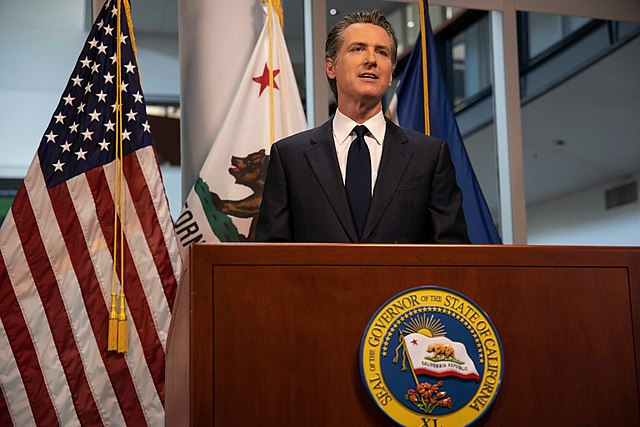
California job cuts will hurt Gavin Newsom’s White House run
California Governor Gavin Newsom loves to describe his state as “an economic powerhouse”. Yet he’s far more reluctant to acknowledge its dramatically worsening employment picture.

An anti-woke counter-revolution is sweeping through the media
From Hollywood to the newsroom, the hegemony of the ‘progressives’ is finally faltering.
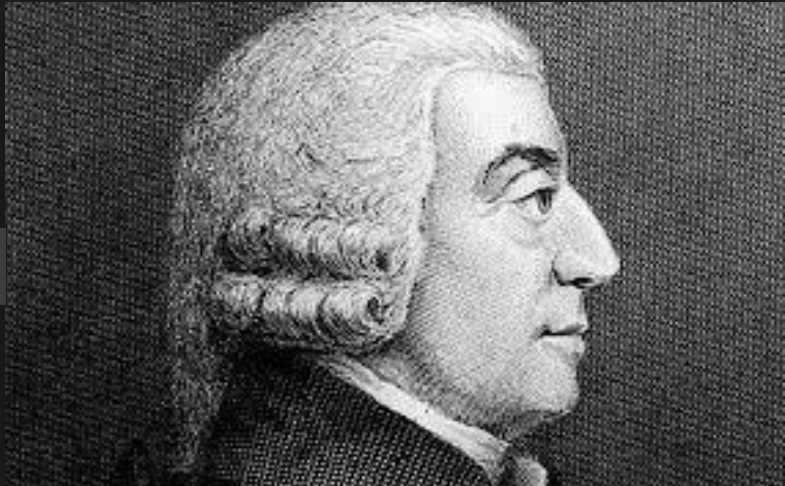
What Adam Smith’s Justice Teaches Us About Stealing Benefits
There is a constant tension in liberal systems between the shared trust necessary for the system's survival and the use of public entitlements paid for at public expense.
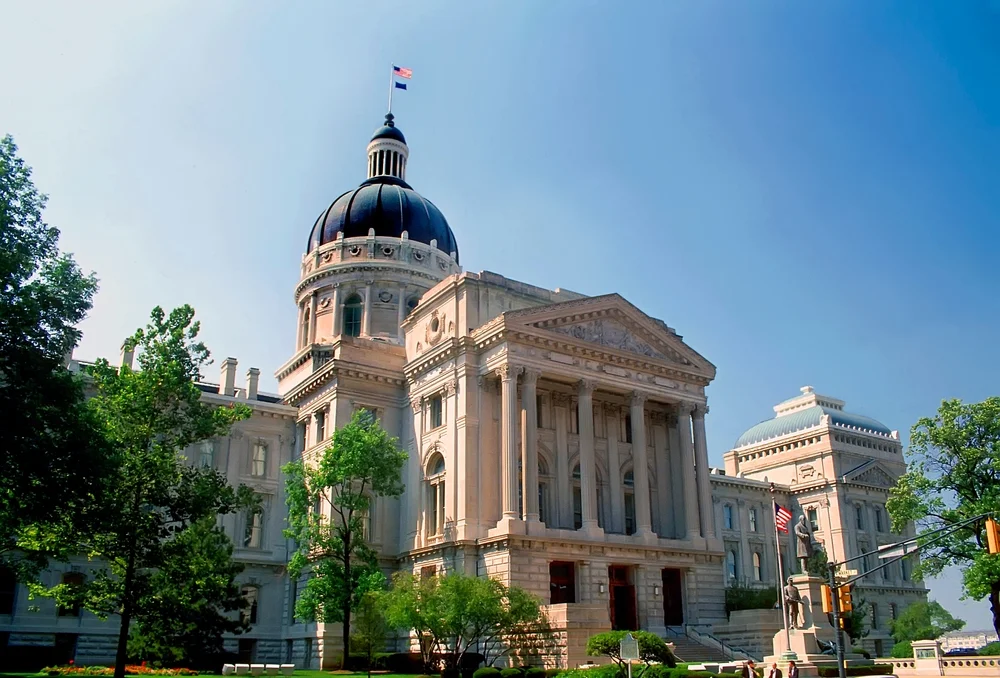
Indiana, D.C., and Purchased Submission
The clear lesson for all Americans is this: Allowing federal transfers into your state also means giving DC a say in state and local issues.


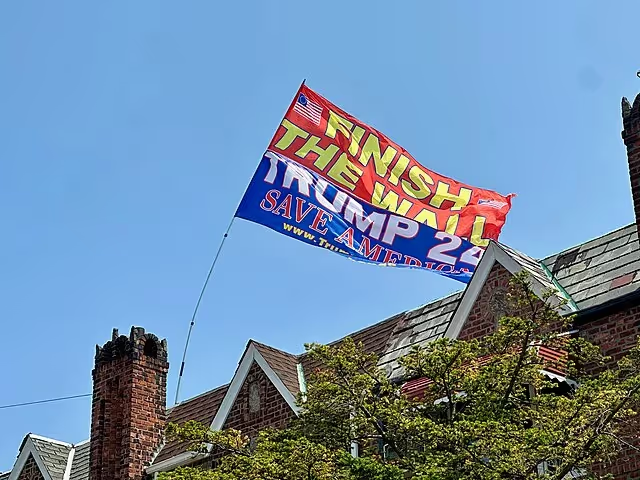

%20(1).jpg)
